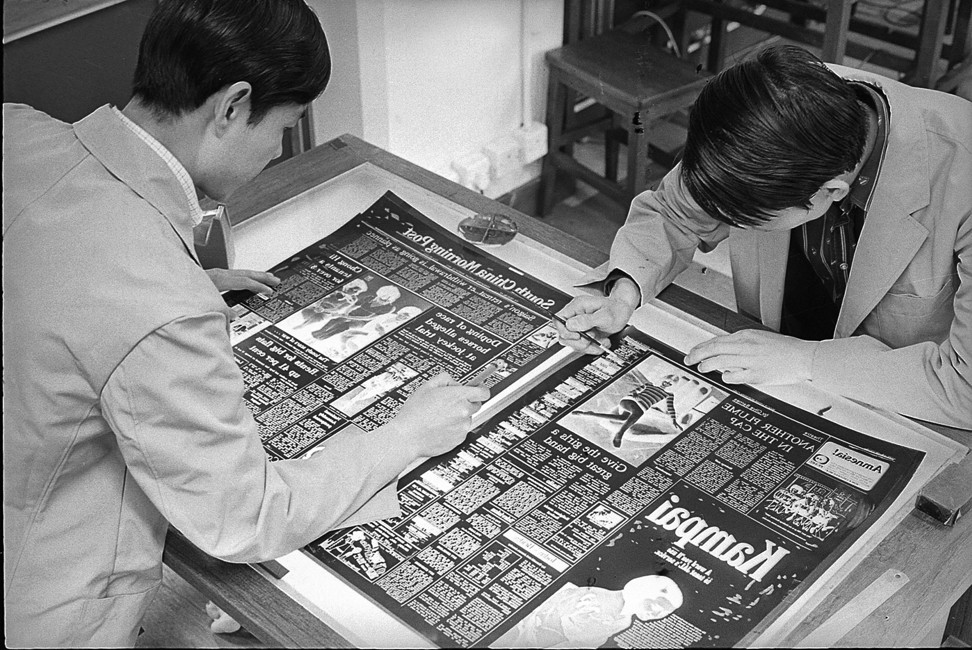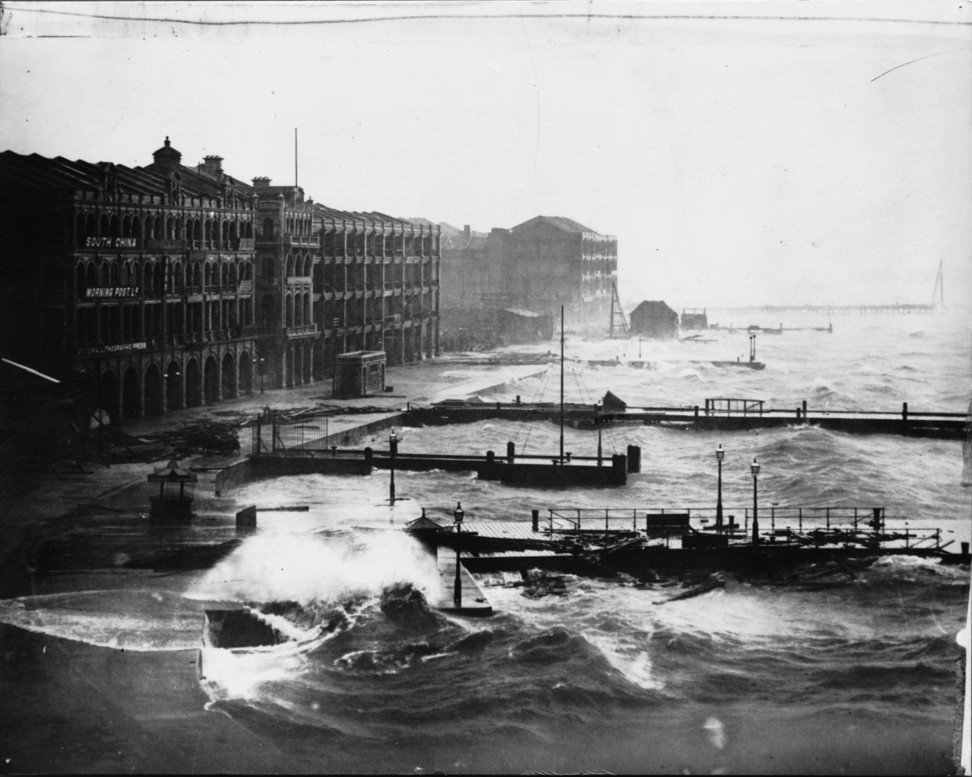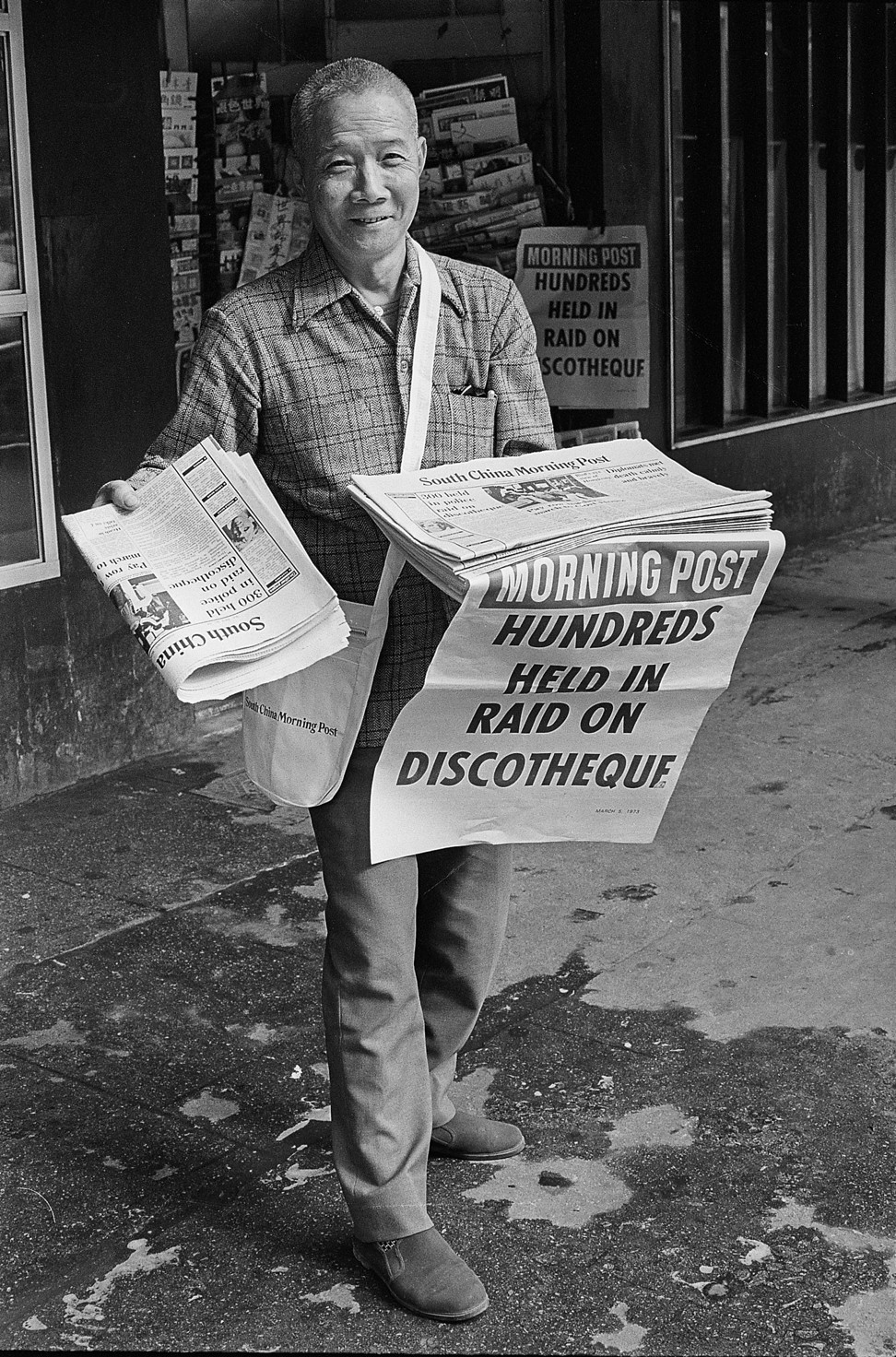
Digital, international growth are the way forward as South China Morning Post weathers shifting media landscape
The newspaper, founded in Hong Kong in 1903, is now read more by Americans, other international readers curious to learn about China.
Right from its inception in 1903, South China Morning Post has been serving a truly international audience.
Even before it had its own printing press, the paper was the proud owner of a steam launch from which it used to sell print copies directly to ships in Victoria Harbour – cover price HK$3 a month – and thus it began life delivering news to visiting seamen and passengers from around the globe.
More than a century on, the Post is now more widely read digitally than it is in print and its largest audience is Americans, rather than Hong Kong residents.
Instead of news dominated by shipping, the newspaper acquired by the Chinese e-commerce giant Alibaba Group in 2016 is focused on providing the world a window into ever-growing China.
The growing importance of building a digital readership mirrors an ongoing trend in the newspaper industry globally where print circulations decline and the rise of less expensive online advertisements have cut into media company profits.

Today, of course, rather than ships bobbing in the harbour, news is being read on mobile phones, tablets and laptops, and the Post has refocused its operations towards a digital-first strategy.
“The aspiration of being a newspaper of international relevance is not new to the Post, but the reality or the possibility or the opportunity of truly having a foothold all over the world can be realised because of the internet, because of digital distribution”, said Gary Liu, the Post’s chief executive.
The newspaper industry has been hit particularly hard as readers’ habits and tastes have changed.
Paid classified advertising, once the mainstay of many local news titles, has all but disappeared, replaced by free online ads for jobs, flats and used vehicles.
At its peak, the Classified Post, a weekly supplement in the Post, ran to more than 200 pages. A recent edition was 16 pages.
In the US, newspaper circulation has declined by nearly half in the past quarter century, according to the Pew Research Center, with an estimated daily circulation of just 30.9 million in 2017. At the same time, advertising revenue at US newspapers fell by 64 per cent in the past decade to an estimated US$16.5 billion in 2017, according to Pew.
And the rest of the world has not been spared. Globally, print advertising revenue declined 23 per cent between 2013 and 2017, according to the PwC Global Media Outlook for 2018 to 2022.

“The global news publishing industry continues to experience long-term contraction”, PwC said in its report. “The challenges the industry faces are to cope with disruption from digital media platforms, which offer instant information from around the world, and to monetise new audiences with the same success it once did”.
Changing news consumption habits have forced papers, including the Post, to rethink how they deliver stories and to drastically rethink staffing.
That has meant increasing the size of its editorial team – it now has 343 editorial staffers versus 250 when Alibaba took control in April 2016.
“This is the golden age of news storytelling because we have access to incredible palettes and canvases to express what’s going on in the world”, Liu said.

“Where we need to be, what our consumers expect of us is the use of video and images and graphics and sound in some way linearly additive to the actual storytelling”.
The paper has unveiled three brand new products – Inkstone, Abacus and Goldthread – that use video and different forms of storytelling to attract younger, international readers curious about China. It also has an updated website in public beta testing.
In the Asia-Pacific region, digital readers have driven gains in circulation in recent years, according to PwC.
Digital circulation is expected to increase at a compound annual growth rate (CAGR) of 16.7 per cent between 2017 and 2002 in the Asia-Pacific region, with digital circulation in Hong Kong increasing at a 11.6 per cent CAGR in that period, according to PwC.
Since January 2017, the Post has seen its overall monthly traffic of unique visitors increase fourfold, while its international readership outside Hong Kong has increased by eight times, Liu said. Page views have increased by about 3.5 times and views of its videos have jumped by 30 times, he said.

The Post, one of the world’s most profitable newspapers on a per-reader basis during its heyday in the 1980s and 1990s, saw its print circulation peak at more than 116,000 newspapers sold daily in the 1997 financial year. It had a circulation of more than 105,000 in 2016, according to the most recent publicly available data.
As Hong Kong prepared for the handover to China in 1997, the newspaper reported a record profit of HK$805.2 million (US$102.72) in fiscal 1997, including a gain of HK$180.98 million on the sale of its old headquarters in Quarry Bay. The next year, profit dropped by nearly half as the Asian financial crisis weighed on Hong Kong’s economy and hit the newspaper’s results.
The paper barely eked out a profit in 2003 following the SARS outbreak, but remained generally profitable over the next decade.

It did not suffer as severe a downturn in print advertising as its American counterparts, until 2014 as advertisers pulled back during the Occupy Central movement.
Among all Hong Kong paid newspapers, advertising spending declined by 24 per cent between 2014 and the end of last year, according to admanGo, an advertising monitoring service.
Digital advertisements now account for about 20 per cent of the Post’s ad revenue, compared with just 2 per cent in 2010.
Print ad rates also have stayed static with a full page, full colour advertisement in the Post’s main section costing HK$215,082, the same rate it has been since 2015.
In 2015, the last full year before it was acquired by Alibaba, the Post reported a profit from continuing operations minus extraordinary items of just HK$28.6 million. In 2014, it had reported a profit of HK$136.8 million.
Liu said the paper is not currently profitable.
Its ownership and management have decided to go into the red and invest over a period of time “to secure long-term sustainability and profitability for the organisation”, he added. Without that, the only other option was to continue to cut costs at a rate to keep up with revenue declines.

“We’ll know relatively soon whether this is going to pay off. We believe in our vision, we believe in the team that we have and the strategy we’ve put in play. It is a multi-year strategy”, Liu said.
“There has to be some patience in this. But, revenue and return to profitability is very, very important to us. This is not an indefinite blank check”.
Many media organisations have placed their content behind paywalls after years of providing content for free. The Post dropped its paywall following the Alibaba acquisition.
A paywall may be possible in the future, Liu said, but it is likely not to be in the form used at many newspapers currently. That said, digital advertising as it stands today is not enough to sustain high quality journalism; readers need to be convinced it is worth paying for the product.
“The translation of a broadsheet newspaper on a five-inch screen – just taking these words and putting it onto a static website on a five-inch screen,” he said. "I don’t believe is an editorial product that meets that bar where the consumer says, ‘I’m willing to pay for that’.”

